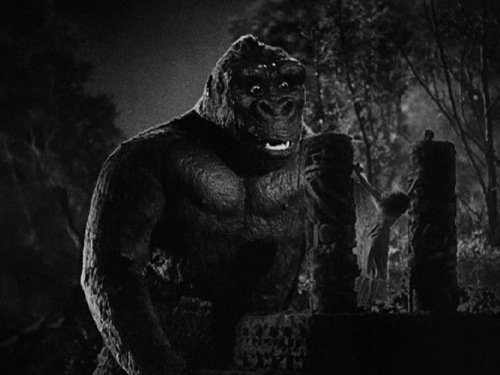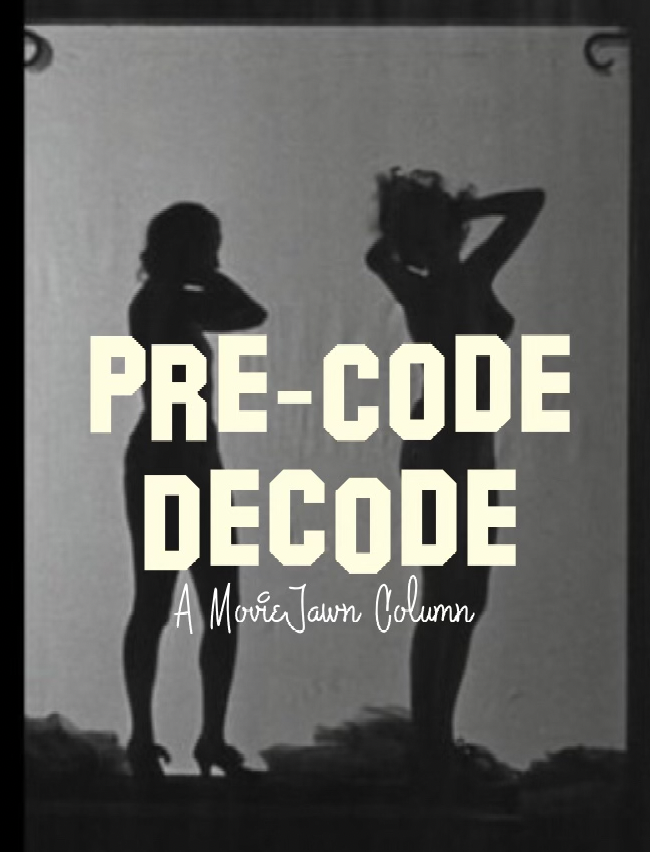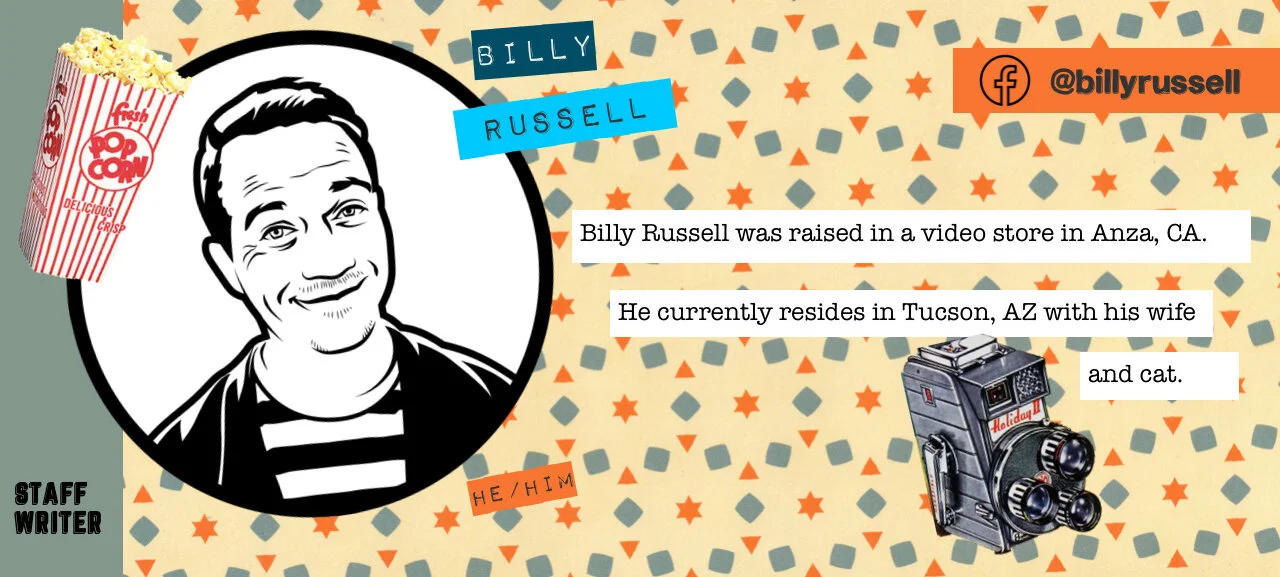Pre-Code Decode: KING KONG roars with imagination
Welcome to Pre-Code Decode, a recurring column where we go back and look at pre-Hays Code Hollywood to see how they handled the issues of their day!
by Billy Russell, Staff Writer
IFor better, and for worse, King Kong is an almost impossibly influential film. Movies that have followed in the 9 decades since have followed the correct lessons from it, and the wrong lessons from it.
The original King Kong, the 1933 masterpiece, is a hard act to follow. Not only do its action sequences showcase elaborate technical wizardry, combining dozens of types of special effects to achieve just one shot, but it has a genuine sense of wonder. Nothing ever seems to happen just to happen. Everything that happens–from the dinosaurs of Skull Island, to the rampage in Manhattan–is a result of the filmmakers seeing how far they could push their imaginations.
I wrote about It Happened One Night, which is one of the tamest pre-code films out there, written by Robert Riskin. Riskin’s wife, Fay Wray, stars in King Kong, one of the most relentlessly, savagely violent of all the pre-code features. The titular giant ape chews people up in his mouth. He uses his gargantuan feet to squish them into the ground. He splits apart a T. rex’s skull and curiously plays with its flapping, limp jaws. At one point, in a case of mistaken identity, Kong reaches through the window and grabs the wrong woman, and when he realizes his mistake, chucks her over his shoulder, where she falls hundreds of feet to her death. Splat!
The story of the original King Kong is a simple, effective one. A group of men (Americans, of course) journey to an island, where they have heard the legend of a giant ape who stands as tall as a building. The giant ape kidnaps one of their own, a woman he has fallen in love with. They get the girl back, capture the ape and bring him back to New York City, where he escapes, runs amok, captures the girl again, and is finally killed in a hail of gunfire atop the Empire State Building. Simple, tragic, beautiful. King Kong is wonderfully exciting from beginning to end.
You can feel King Kong’s influence even today whenever you see a movie about a monster rampaging in some downtown city. It has been remade, sequeled, rebooted and ripped off throughout the years. Unlike so many movie monsters, who lose a bit of their soul each time they reappear in a new story to be told, Kong is given added complexity. His story begins in the original, as a giant beast who falls in love with a young, blond woman. In later entries, like the recent Godzilla Vs Kong from last year, he is given even more emotional complexity and nuance–he’s like the antithesis to Hannibal Lecter, who becomes more and more supernatural each time he appears. Kong, on the other hand, becomes more human. I think there’s something about his story that people identify with. He’s not a monster, he’s an animal. He never wanted to do anything wrong. He was just following his nature, and he was killed for it.
The special effects have aged very well. Do they look like special effects? Can you tell Kong is a stop-motion mintature on top of a fake building? Sure. And that’s part of the movie’s charm. It was never aiming for realism. It doesn’t look real, but it doesn’t have to. It looks cool, which is infinitely better, anyway. In both the 1976 Dino De Laurentiis produced remake, and the 2005 Peter Jackson film, Kong is reduced to a spectacle, with varying results. Peter Jackson’s movie is almost nonstop in its attempts to thrill, and it’s exhausting. The 1976 film promised a life-sized Kong special effect, which wound up in the finished film for about two seconds.
I think the remakes’ attempts to outshine its predecessor have outweighed what made the original so good, and it’s an impossible ingredient to recreate: Imagination. King Kong represented endless imagination. Beginning in a treacherous jungle and ending in an aerial battle, the film meant to show us that anything was possible with film. Any story could be told, and the only limit was to what you could imagine. You could do anything now–but it had to be in service of a story people cared about. And it had to be cool. The effects didn’t need to be perfect, but they had to propel a story forward that tapped into that part of an audience’s brain that wanted to be in awe of a spectacle.
Seeing a movie like King Kong is like watching pure, uncut cinema. All great films have the ability to do the same thing, and the result is always exhilarating. You lose yourself in it. You forget you’re watching a movie. For a precious two hours and five minutes, you’re a participant in an adventure. When it ends, and you’re returned to your body, and you leave the theater, you feel wrung out and tired, with a stupid little grin on your face.



